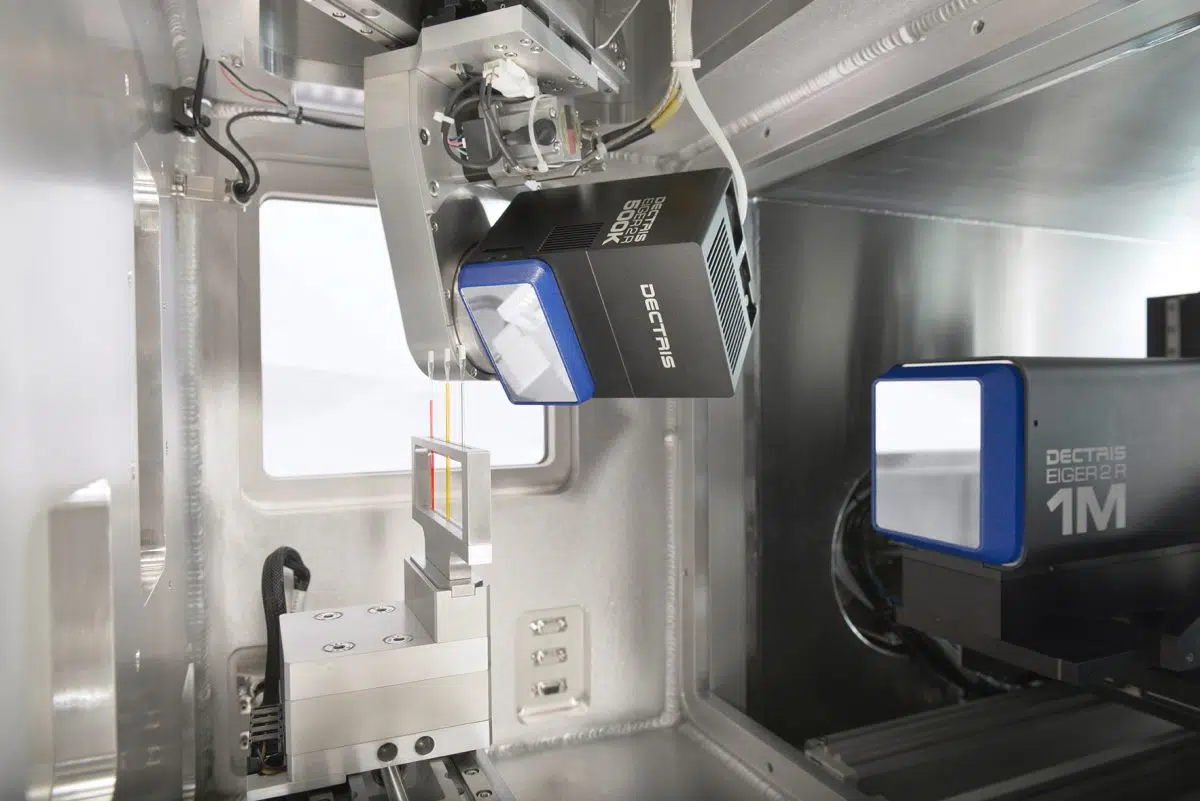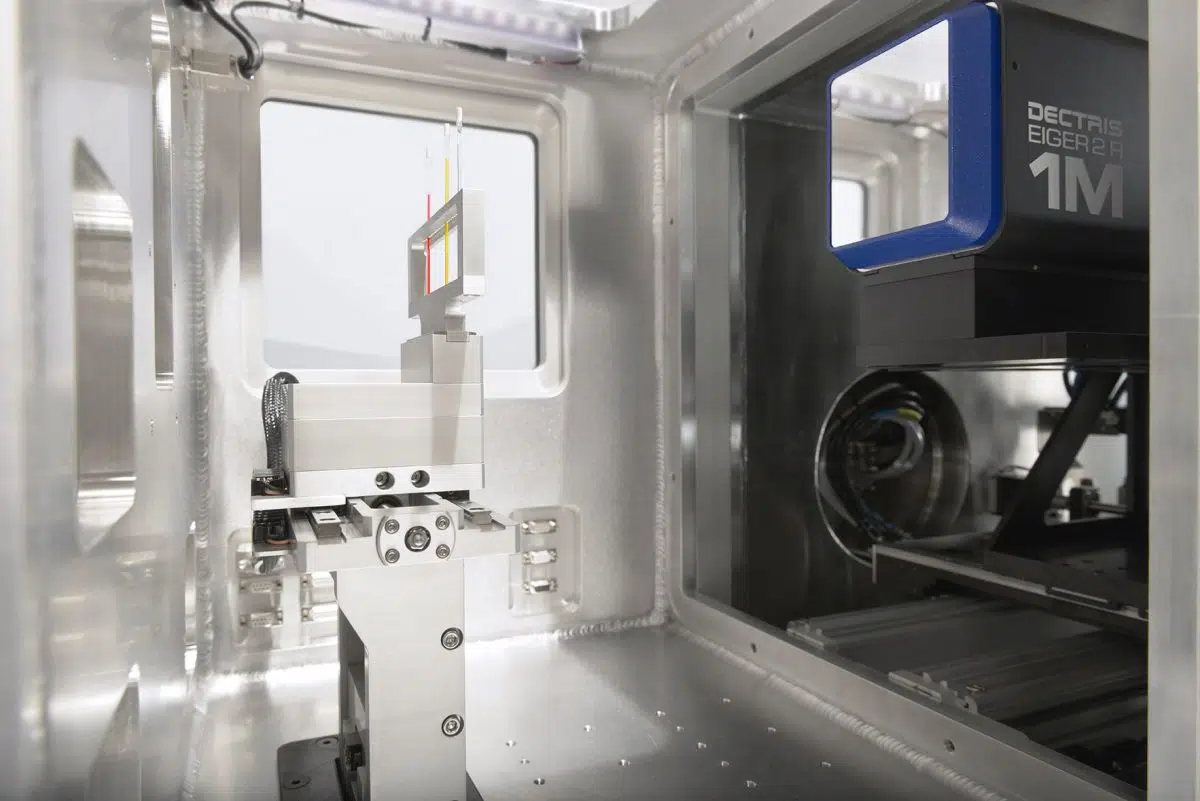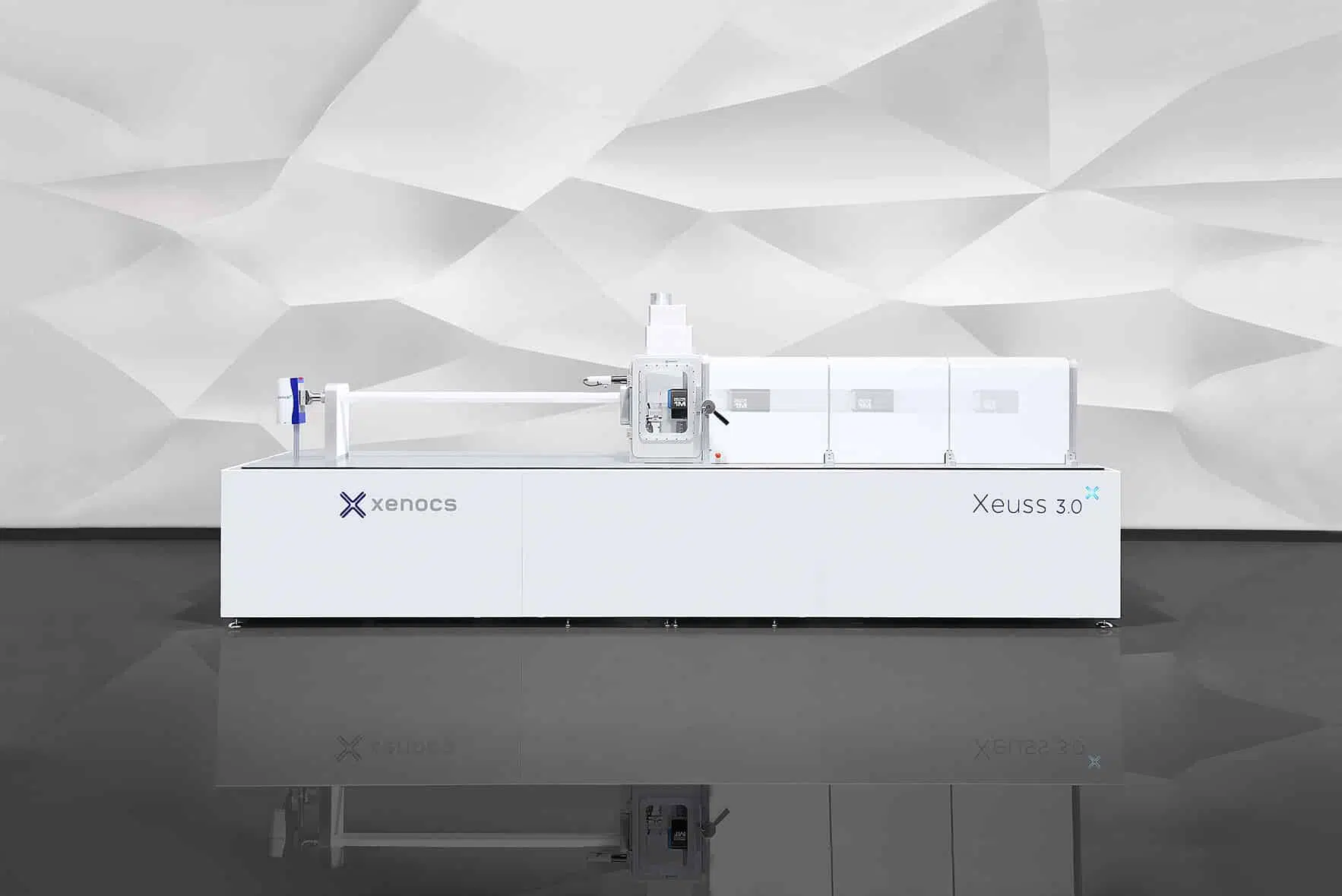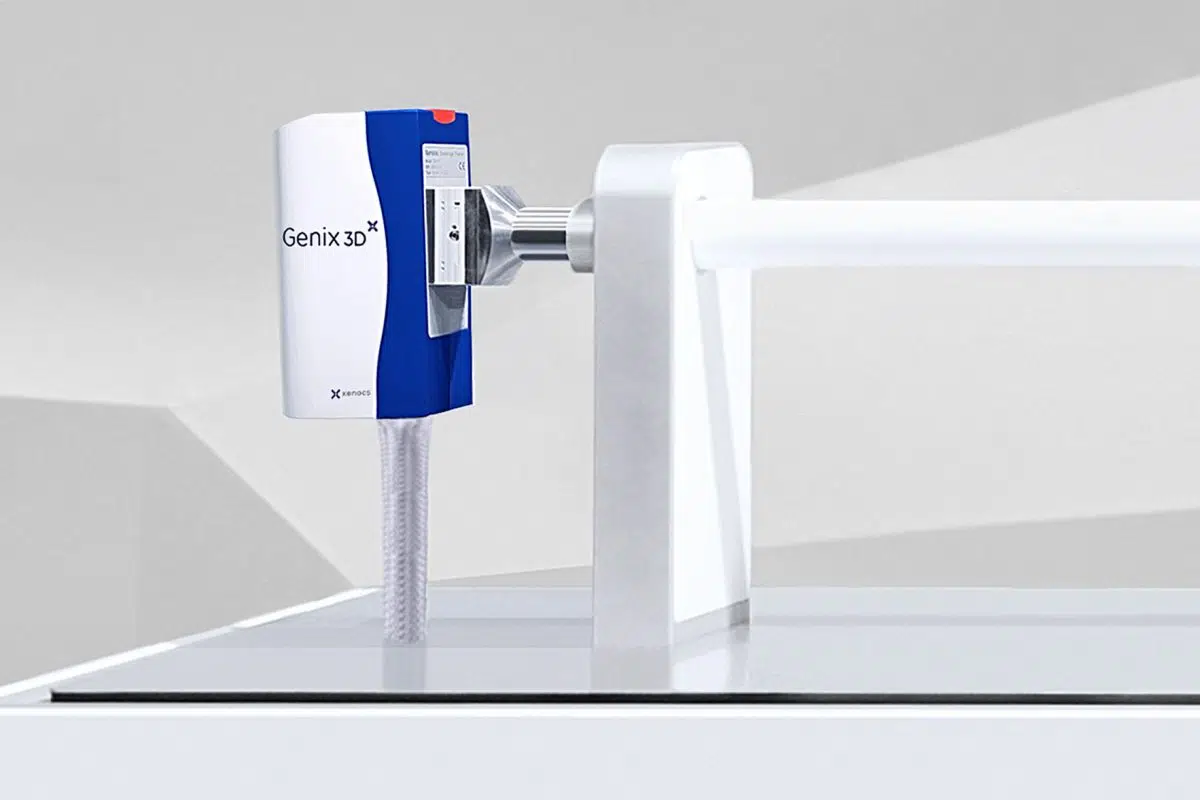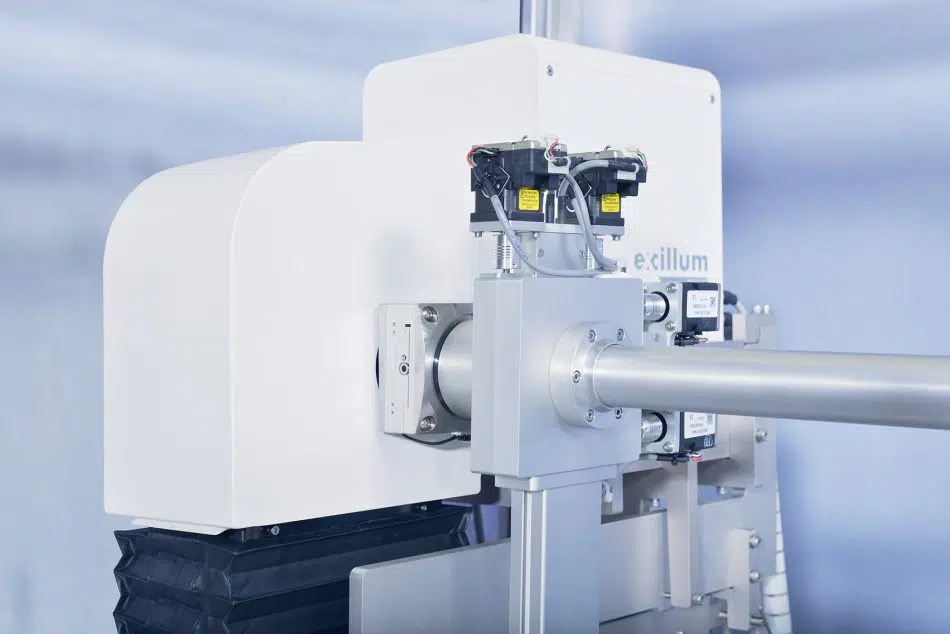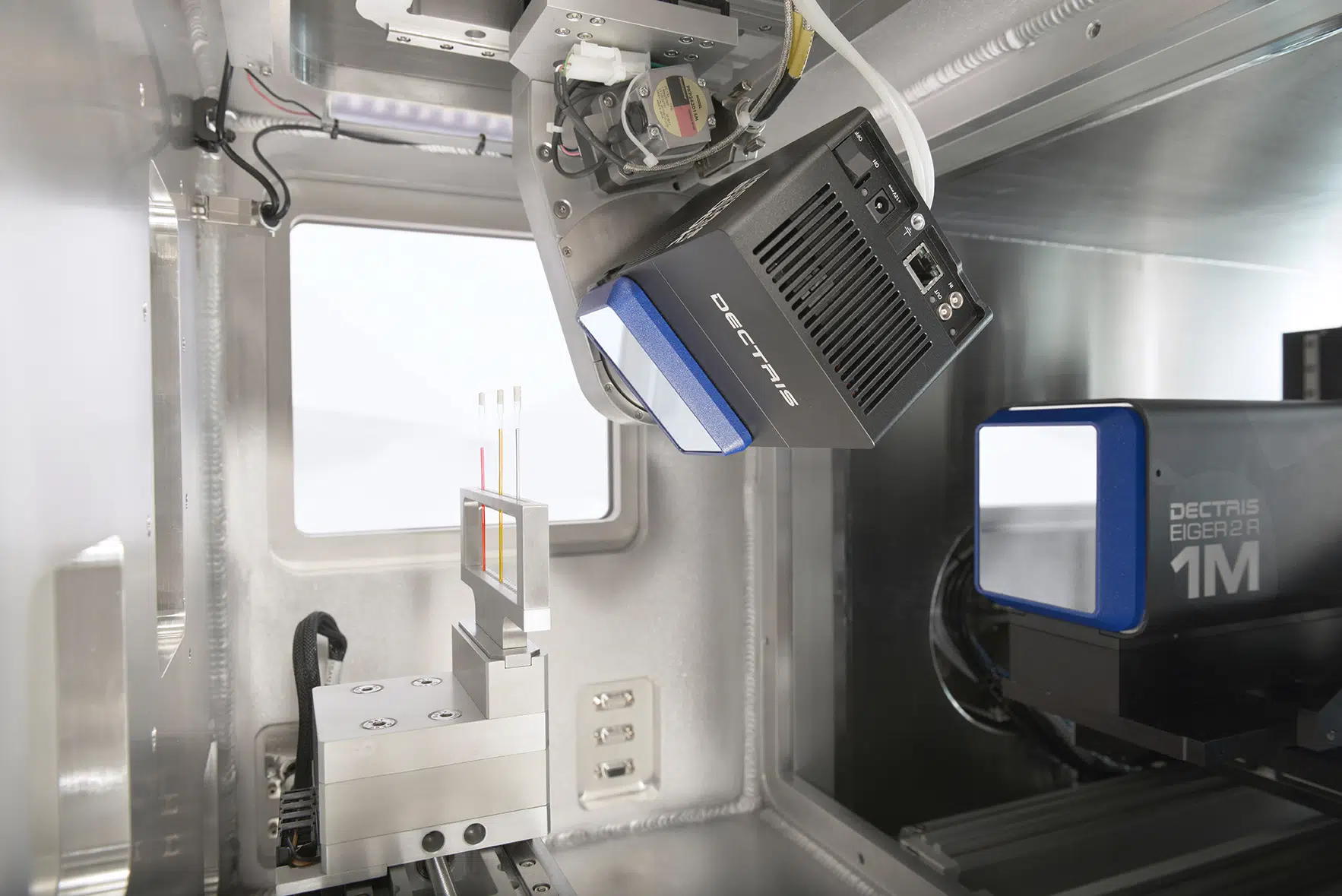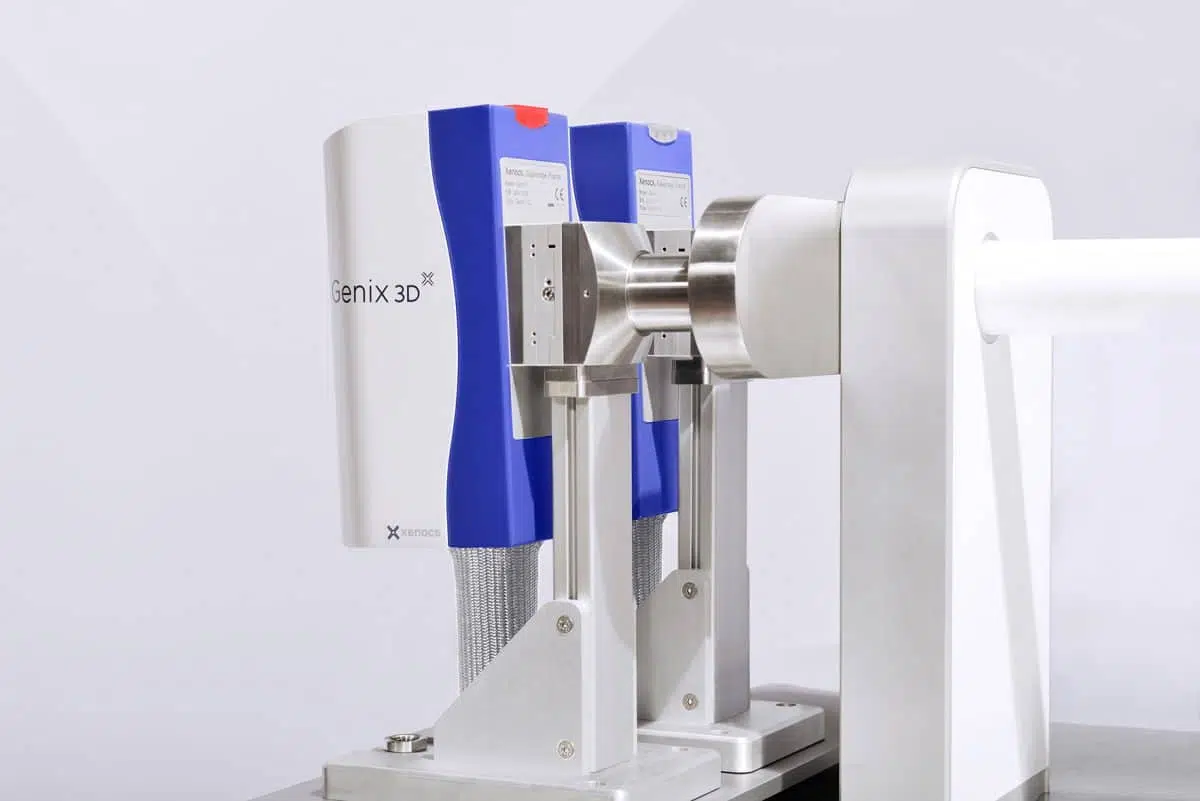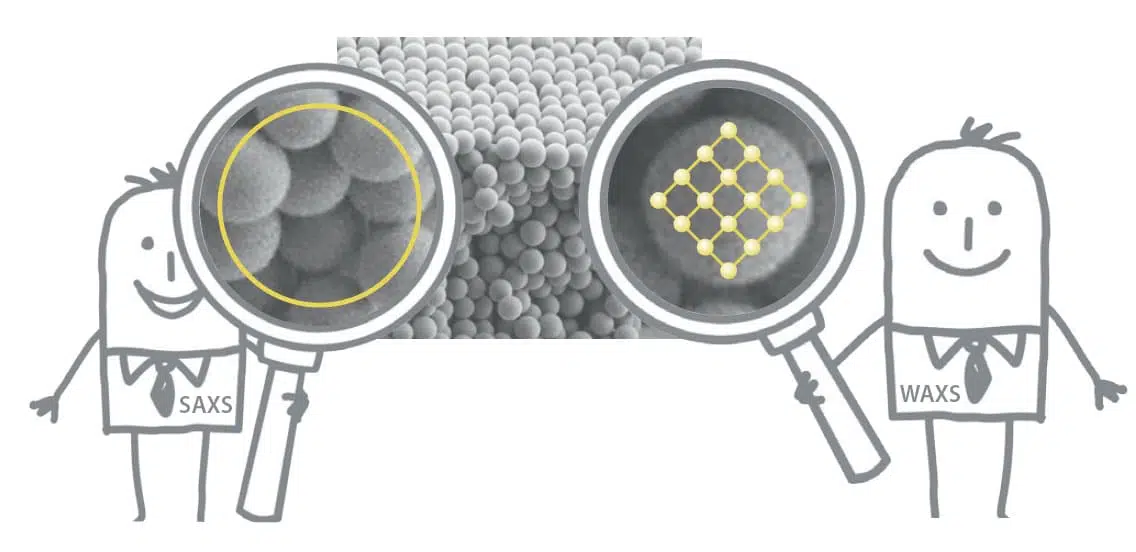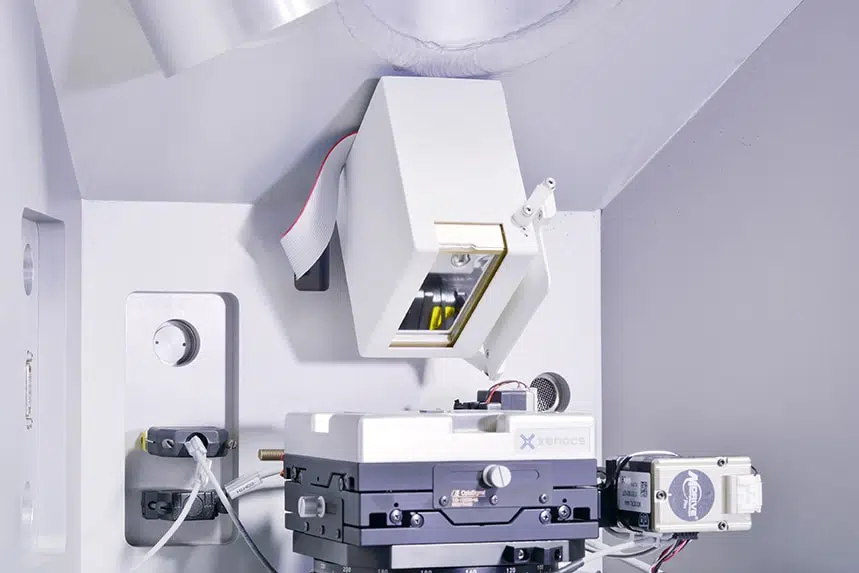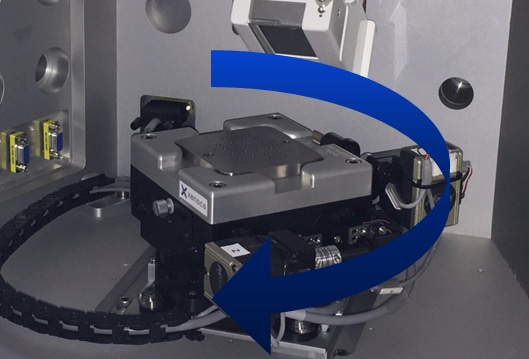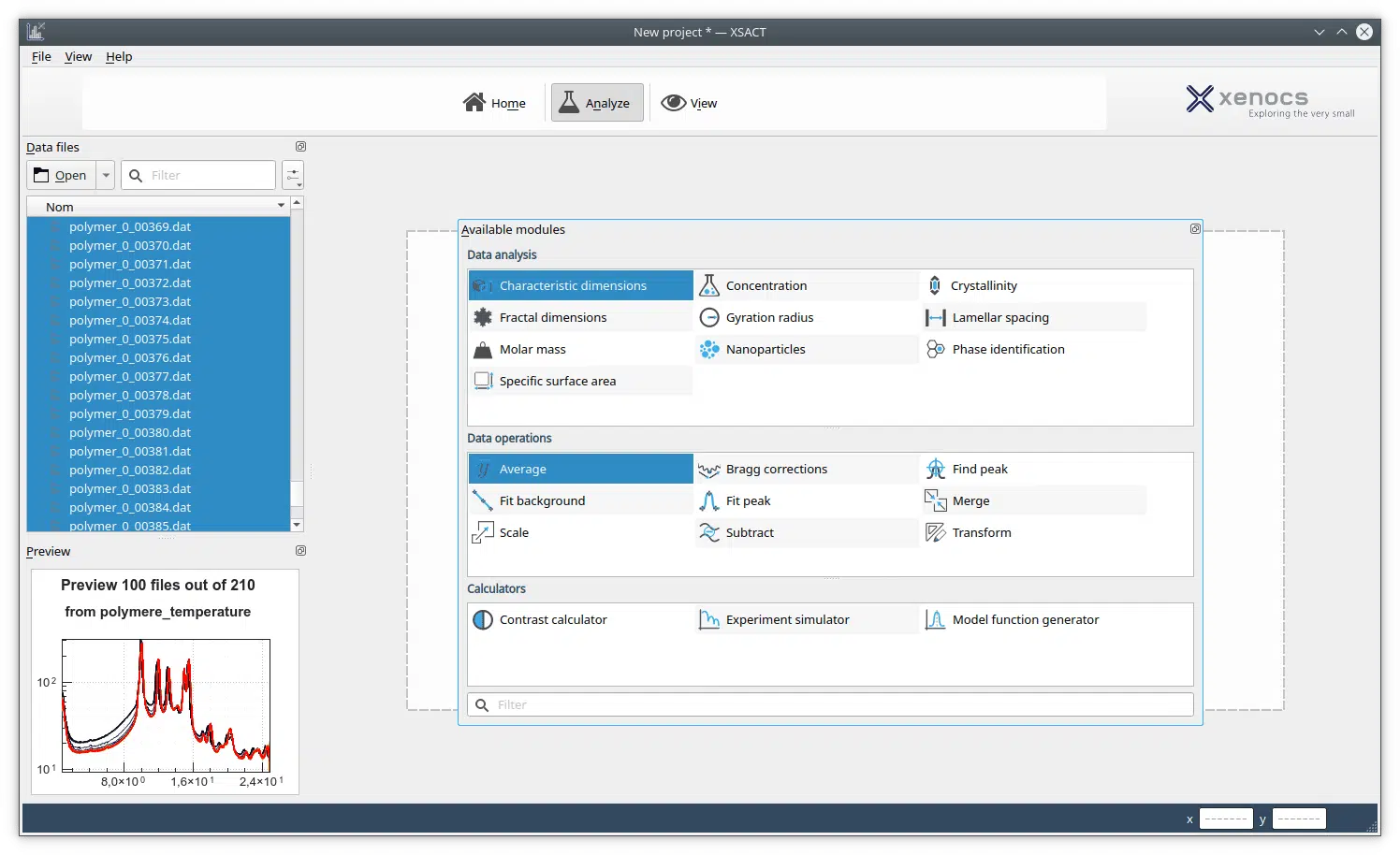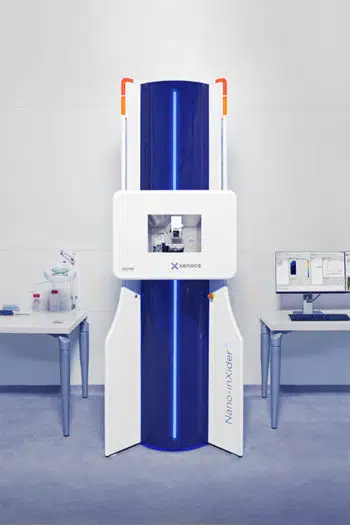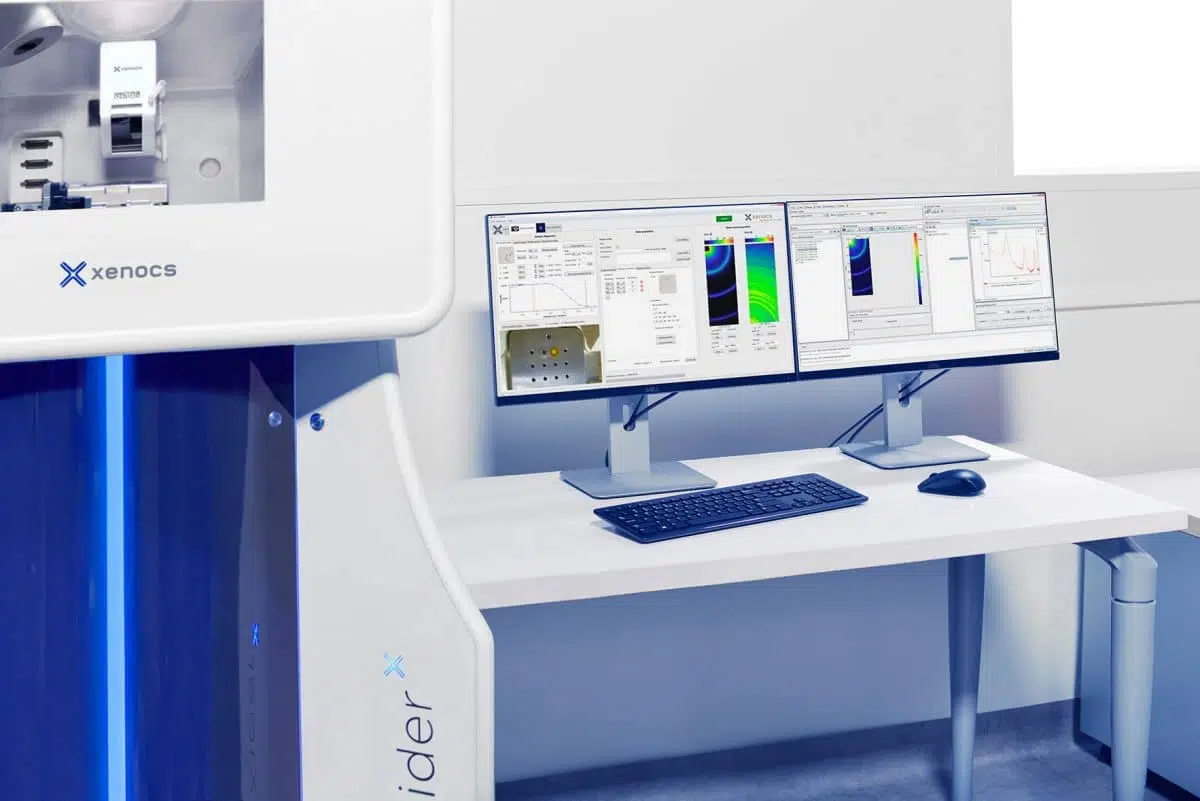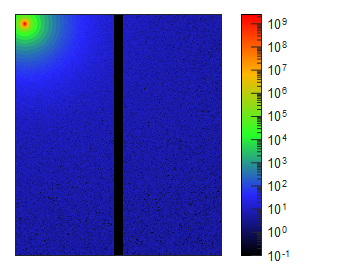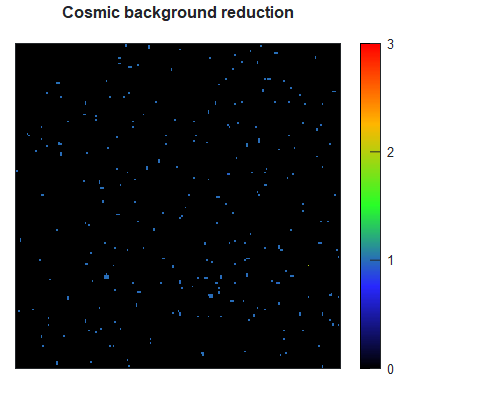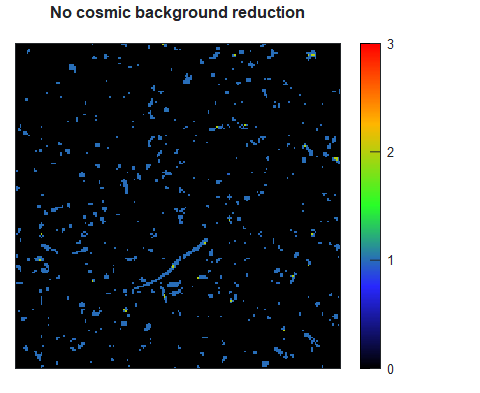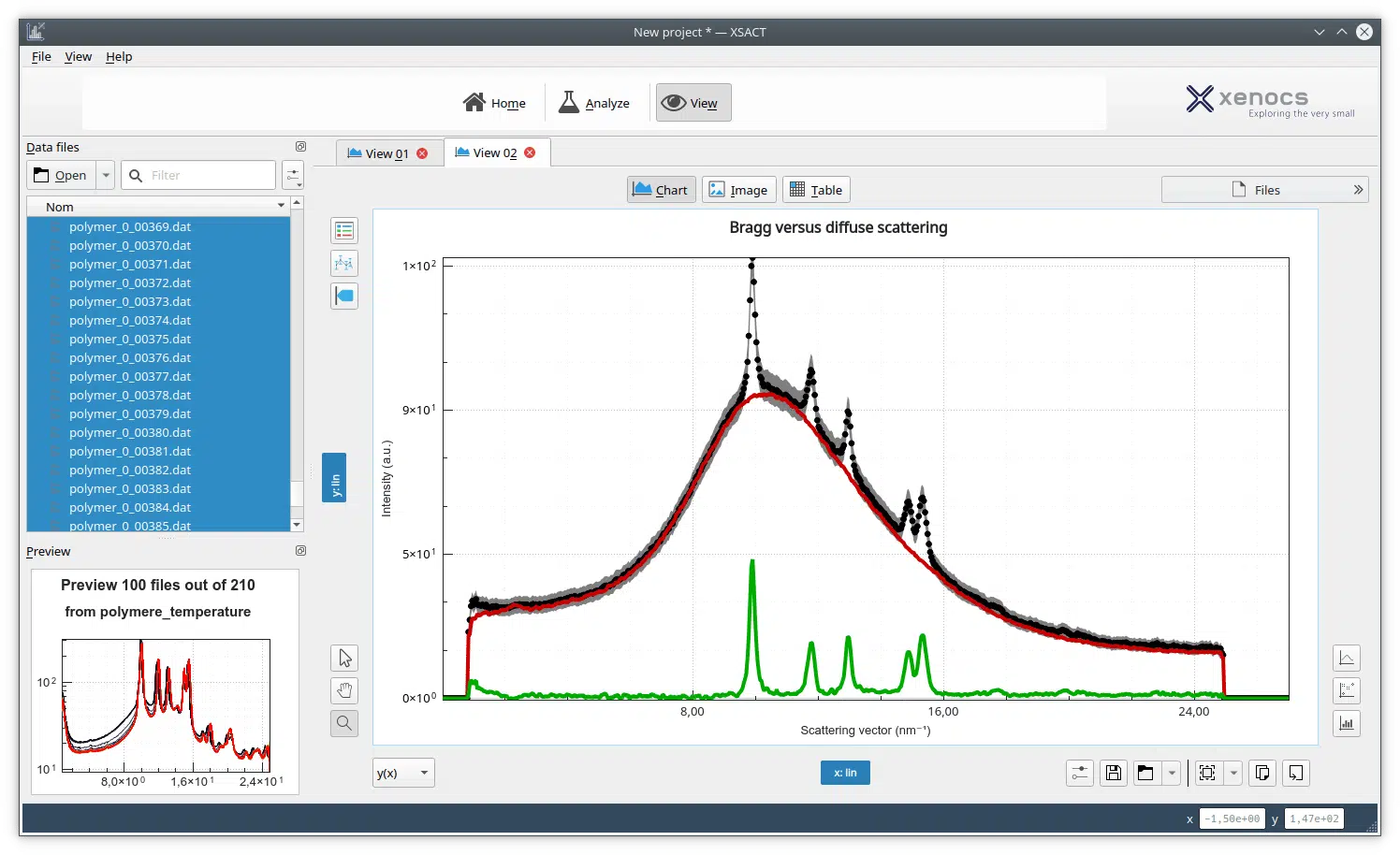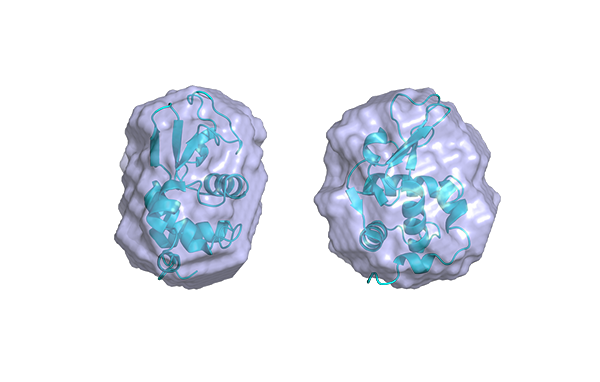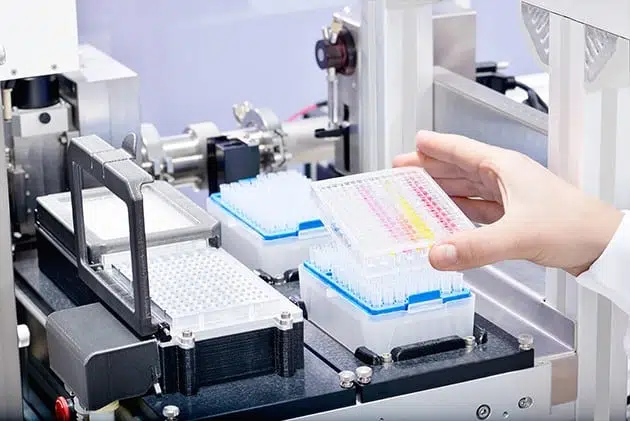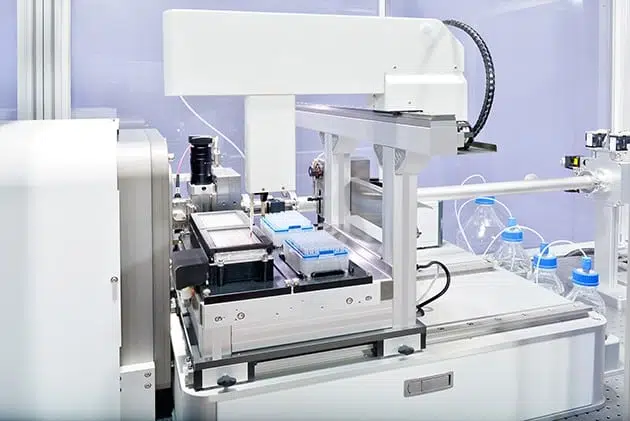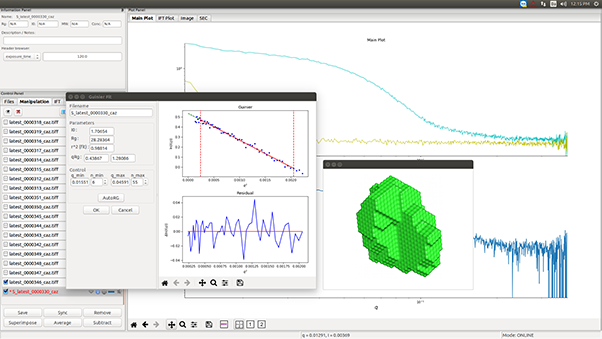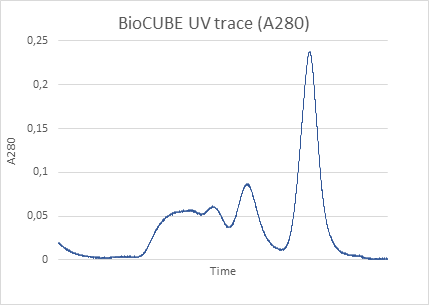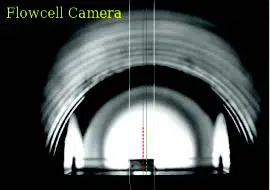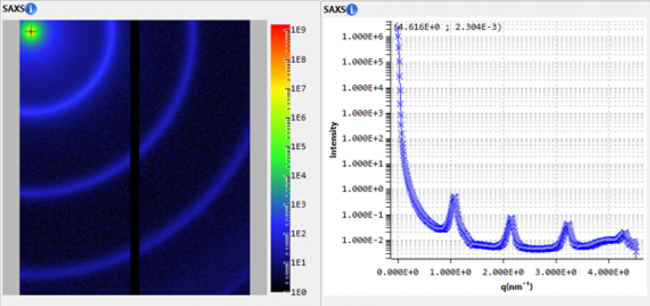Kumar, Raj; Dhasaiyan, Prabhu; Naveenkumar, Parinamipura M.; Sharma, Kamendra P.
Zapelini, Iago W.; Silva, Laura L.; Oliveira, Cristiano L. P.; Cardoso, Dilson
Bollom, Mark A.; Clark, Stephanie; Acevedo, Nuria C.
Geisler, Ramsia; Pedersen, Martin Cramer; Hannappel, Yvonne; Schweins, Ralf; Prévost, Sylvain; Dattani, Rajeev; Arleth, Lise; Hellweg, Thomas
Farkuh, Laura; Hennies, Paulo T.; Nunes, Cláudia; Reis, Salette; Barreiros, Luisa; Segundo, Marcela A.; Oseliero Filho, Pedro L.; Oliveira, Cristiano L. P.; Cassago, Alexandre; Portugal, Rodrigo V.; Muramoto, Rodrigo A.; Carretero, Gustavo P. B.; Schreier, Shirley; Chaimovich, Hernan; Cuccovia, Iolanda M.
Niroobakhsh, Zahra; LaNasa, Jacob A.; Belmonte, Andrew; Hickey, Robert J.
Farshchi, Amin; Hassanpour, Ali; Bayly, Andrew E.
Dargel, Carina; Geisler, Ramsia; Hannappel, Yvonne; Kemker, Isabell; Sewald, Norbert; Hellweg, Thomas
Travaglini, Leana; di Gregorio, Maria Chiara; Severoni, Emilia; D’Annibale, Andrea; Sennato, Simona; Tardani, Franco; Giustini, Mauro; Gubitosi, Marta; Del Giudice, Alessandra; Galantini, Luciano
Schillén, Karin; Galantini, Luciano; Du, Guanqun; Del Giudice, Alessandra; Alfredsson, Viveka; Carnerup, Anna M.; Pavel, Nicolae V.; Masci, Giancarlo; Nyström, Bo






